At 12:24 p.m. on Tuesday, the National Weather Service issued a weather notice for Schoharie, Albany, and Greene counties, warning of a snow squall that would last until 1:30 p.m.
“At 12:23 p.m., a snow squall was along a line extending from near Feura Bush to near Jefferson and moving east at 20 MPH,” according to the weather service.
Interstate 88 between exits 20 and 22 and Interstate 87 between exits 21B and 22 are included in this.
The following areas are likely to experience a snow squall:
-
Jefferson, Westerlo, Ravena, Breakabeen, Feura Bush, North Blenheim, Selkirk, Livingstonville, and Preston-Potter Hollow around 12:30 p.m.
-
Preston Hollow around 12:55 p.m.
“If you have to travel into or through this squall, exercise extra caution,” the weather agency advises. Accidents may result from abrupt changes in visibility and perhaps slick roads.
Snow squalls: Safety protocols and prevention tips
What are snow squalls?
Strong cold fronts are frequently associated with snow squalls, which are short but intense winter weather phenomena. Even in the absence of a significant winter storm, they can quickly result in icy roads and unexpected whiteout conditions. Even while they often last less than an hour and may only cause slight snow accumulation, their reduced visibility, strong winds, and quickly dropping temperatures make them extremely dangerous for driving. In the past, these circumstances have resulted in fatal traffic accidents.
What is the difference between a snow squall and a snowstorm?
A snowstorm and a snow squall differ primarily in their strength and length. Usually lasting 30 to 60 minutes, snow squalls are short yet fierce. A snowstorm, on the other hand, can last for several hours or even days.
Snow squall warnings
Similar to tornado and severe thunderstorm warnings, snow squall alerts are short-fused and targeted at specific locations. These alerts offer vital, extremely targeted information that can save lives. If your neighborhood is under a snow squall warning, stay indoors or postpone driving until the squall has passed.
Actions during a snow squall warning
When a snow squall warning is issued, people should heed the weather service’s instructions, which include the following crucial steps:
Avoid or postpone travel: It is best to wait until the snow squall has gone through your area before driving if a snow squall warning has been issued for your area. During snow squalls, roadways and highways are especially dangerous.
Decrease speed and improve visibility: If you are already traveling and won’t be able to get off the road in time, slow down and activate your headlights and hazard lights.
Keep a safe distance by giving the automobile in front of you plenty of space.
Steer clear of quick braking: Sudden braking can cause a vehicle to lose control in icy and slippery conditions. To reduce the chance of sliding or producing a chain reaction crash, it is safer to reduce your speed gradually.
Winter weather safety advice: Go to the weather service’s Winter Weather Safety page for advice on how to be safe before, during, and after a winter storm.
Prepare your car: Take proactive steps to get your car ready for winter driving conditions before you leave. This entails making sure your car’s fluids are topped off and inspecting your tires, brakes, and lights. The difficulties of winter driving are better handled by a well-maintained car.
Important supplies for your car’s emergency kit: Make sure your car has a complete emergency kit that includes necessities like blankets, water, non-perishable food, a flashlight, and a first aid kit. To improve tire traction, don’t forget to have jumper cables, flares or a reflective triangle, ice scraper, a map, a car cell phone charger, and cat litter or sand. In the event of an emergency or unplanned breakdown while traveling, these provisions may prove to be quite beneficial.
In conclusion, putting one’s own safety first and following the weather service’s advice can greatly reduce dangers when a snow squall warning is in effect. People can travel through these winter dangers with more assurance and security if they are aware of them, plan beforehand, and remain alert.
United Robots offers a service called Advance Local Weather Alerts that gathers the most recent information from the National Weather Service using machine learning.
Note: Every piece of content is rigorously reviewed by our team of experienced writers and editors to ensure its accuracy. Our writers use credible sources and adhere to strict fact-checking protocols to verify all claims and data before publication. If an error is identified, we promptly correct it and strive for transparency in all updates, feel free to reach out to us via email. We appreciate your trust and support!

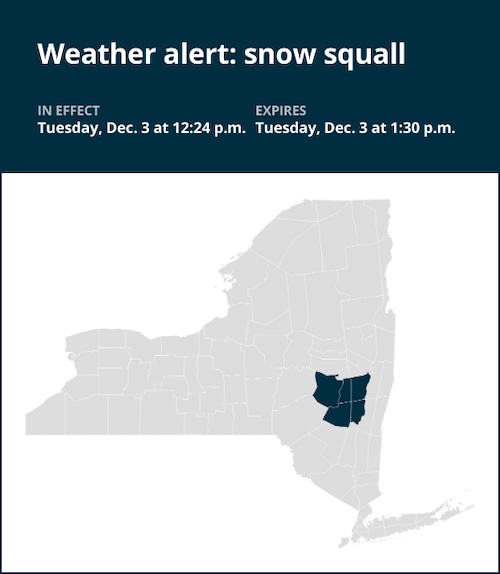
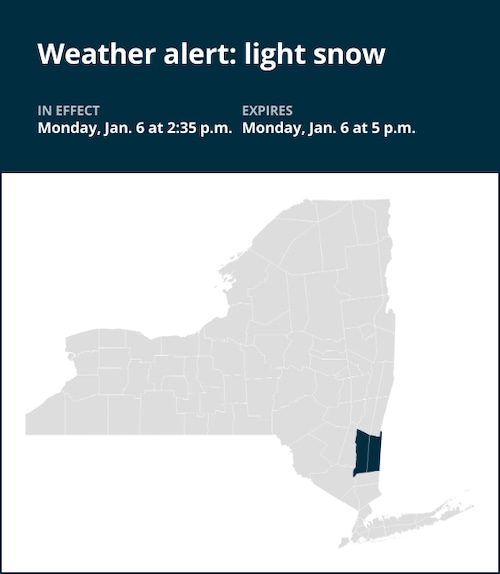
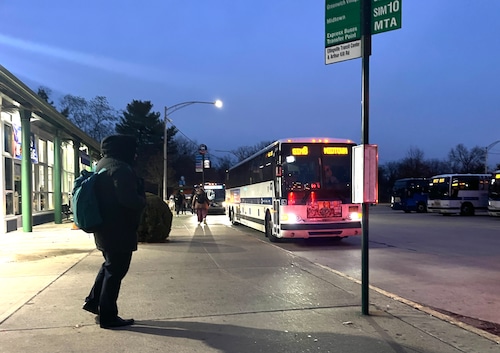
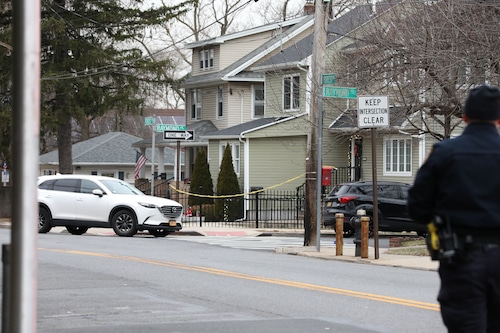
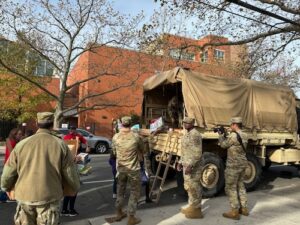
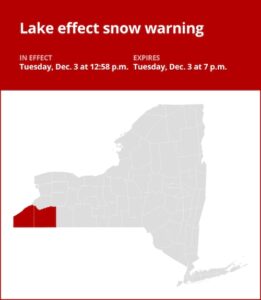
+ There are no comments
Add yours